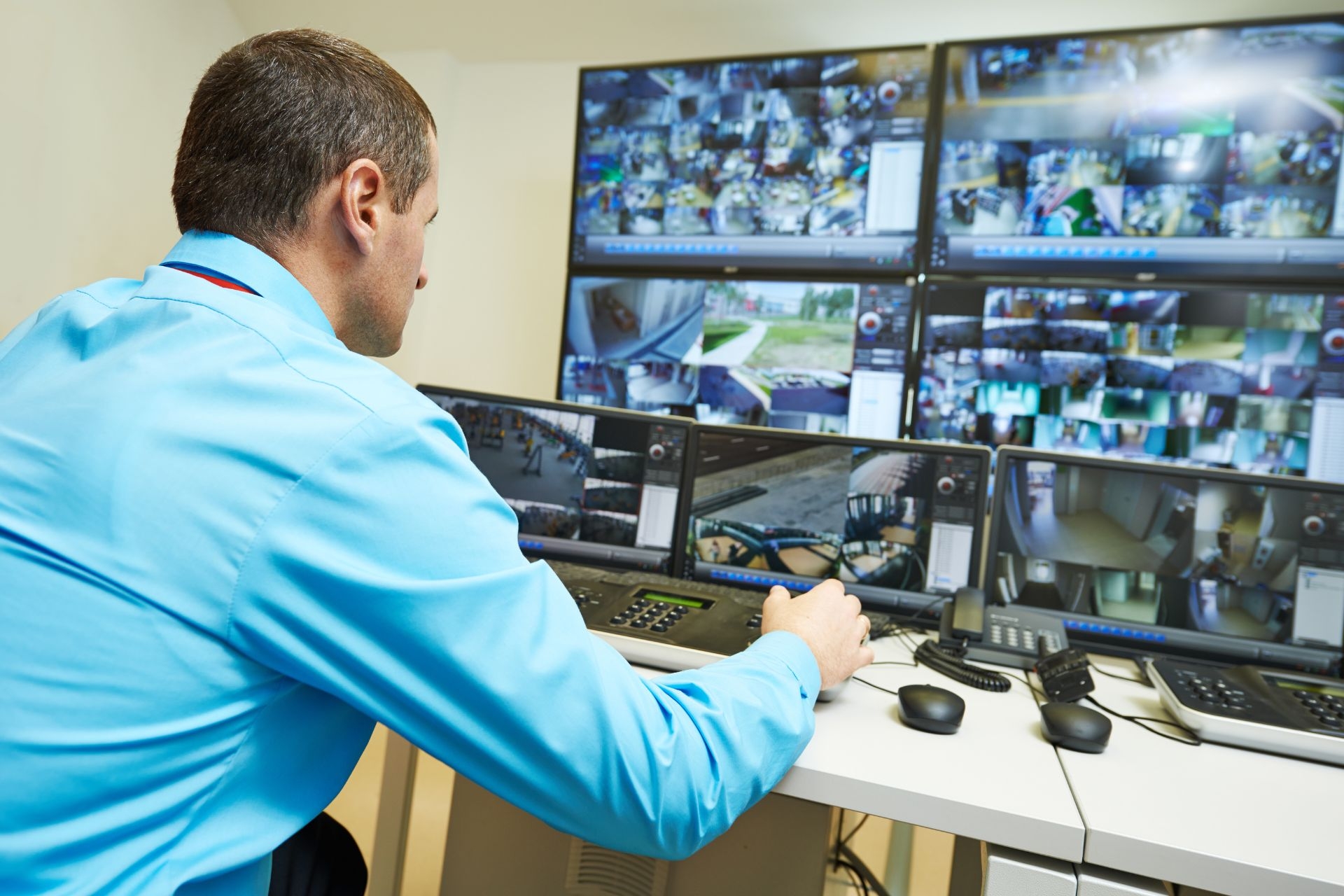

Video analytics integration improves the accuracy of facial recognition technology by providing additional data and context for analysis. By integrating video analytics, facial recognition systems can analyze not only the facial features of individuals but also their behavior, movements, and interactions with other objects and people in the video. This integration allows for a more comprehensive understanding of the context in which the facial recognition is being performed, leading to more accurate and reliable results. Additionally, video analytics can help in filtering out false positives and improving the overall performance of facial recognition systems.
The key features of video analytics integration that enhance object detection and tracking include advanced algorithms for object recognition, motion detection, and tracking. These algorithms can analyze video footage in real-time, identifying and tracking objects of interest with high accuracy. Additionally, video analytics integration can incorporate machine learning techniques to continuously improve the object detection and tracking capabilities over time. Other features may include the ability to detect and track multiple objects simultaneously, handle occlusions and changes in lighting conditions, and provide real-time alerts or notifications when specific objects are detected.
The internet of things (IoT) has transformed the way we interact with the world, connecting a myriad of devices to the internet, from smart thermostats in our homes to industrial sensors in manufacturing plants. A significant portion of these IoT devices relies on the Linux operating system due to its flexibility, robustness, and open-source nature.Deploying software to Linux-based devices, at scale, is a complex and critical process that requires planning, well-thought-out processes, and adherence to best practices to ensure the stability, security, and manageability of the IoT fleet. In this article, we’ll explore some best practices for deploying software on large fleets of Linux-based IoT devices.To read this article in full, please click here
Posted by on 2024-03-20
JetBrains has launched a public beta version of TeamCity Pipelines, a cloud-based CI/CD (continuous integration/continuous delivery) service for small and medium-sized software engineering teams.Unveiled March 18, TeamCity Pipelines is intended to enable small development teams to automate the process of integrating code changes, testing them, and delivering an application. JetBrains said the goal was to provide an intuitive platform for running devops pipelines with minimum complexity. The combination of a user-friendly UX with intelligence and optimization features for small teams minimize disruptions for developers, the company said.To read this article in full, please click here
Posted by on 2024-03-19
Federated learning marks a milestone in enhancing collaborative model AI training. It is shifting the main approach to machine learning, moving away from the traditional centralized training methods towards more decentralized ones. Data is scattered, and we need to leverage it as training data where it exists.This paradigm is nothing new. I was playing around with it in the 1990s. What’s old is new again… again. Federated learning allows for the collaborative training of machine learning models across multiple devices or servers, harnessing their collective data without needing to exchange or centralize it. Why should you care? Security and privacy, that’s why.To read this article in full, please click here
Posted by on 2024-03-19
The world has become “sensor-fied.”Sensors on everything, including cars, factory machinery, turbine engines, and spacecraft, continuously collect data that developers leverage to optimize efficiency and power AI systems. So, it’s no surprise that time series—the type of data these sensors collect—is one of the fastest-growing categories of databases over the past five-plus years.However, relational databases remain, by far, the most-used type of databases. Vector databases have also seen a surge in usage thanks to the rise of generative AI and large language models (LLMs). With so many options available to organizations, how do they select the right database to serve their business needs?To read this article in full, please click here
Posted by on 2024-03-18
Public cloud providers are often loathed for charging data transfer or “egress fees” for removing data from a specific cloud provider. If you move data out of a cloud provider, there’s a cost; for instance, you move inventory data from an inventory system residing in a public cloud provider to a supply chain system on premises or perhaps even on another public cloud provider.This is the number one complaint about cloud providers that I hear. The fee is thought of as arbitrary and counterproductive to using the cloud with systems that exist outside of a specific provider. In some cases, it’s a reason applications are not in a cloud today.The writing on the wall This customer discontent is not lost on cloud providers, who are initiating a significant shift in their pricing strategies by reducing these charges. Google Cloud announced it would eliminate egress fees, a strategic move to attract customers from its larger competitors, AWS and Microsoft. This was not merely a pricing play but also a response to regulatory pressures, greater competition, and the significantly lower cost of hardware in the past several years. The cloud computing landscape has changed, and providers are continually looking for ways to differentiate themselves and attract more users.To read this article in full, please click here
Posted by on 2024-03-15
Video analytics integration can help in identifying and alerting suspicious activities in real-time by analyzing video footage for predefined patterns or behaviors that may indicate potential threats or abnormal activities. For example, the integration can detect behaviors such as loitering, unauthorized access, or unusual movements in restricted areas. When such activities are detected, the system can generate real-time alerts or notifications to security personnel, enabling them to take immediate action. This proactive approach to identifying and alerting suspicious activities can significantly enhance the security and safety of an environment.

Integrating video analytics with existing surveillance systems offers several benefits. Firstly, it enhances the capabilities of the surveillance system by adding advanced analytics and intelligence. This allows for more efficient and effective monitoring of the video footage, reducing the need for manual review and increasing the accuracy of threat detection. Secondly, video analytics integration can help in optimizing resource allocation by automatically prioritizing and categorizing video feeds based on predefined rules or criteria. This ensures that security personnel can focus their attention on the most critical areas or events. Lastly, integrating video analytics with existing surveillance systems enables the integration of multiple data sources, such as access control systems or facial recognition databases, providing a more comprehensive and holistic security solution.
Video analytics integration enables automated video content analysis for efficient data processing by leveraging advanced algorithms and machine learning techniques. These algorithms can analyze large volumes of video footage in real-time, extracting relevant information and insights from the data. This automated analysis eliminates the need for manual review of the footage, saving time and resources. Additionally, video analytics integration can enable the extraction of specific metadata from the video, such as object attributes, timestamps, or geolocation data, which can be used for further analysis or integration with other systems. Overall, automated video content analysis through video analytics integration improves the efficiency and scalability of data processing in surveillance and security applications.

Implementing video analytics integration can come with several challenges. One challenge is the need for high-quality video footage with sufficient resolution and clarity for accurate analysis. Poor lighting conditions, low frame rates, or low-resolution cameras can negatively impact the performance of video analytics algorithms. Another challenge is the complexity of configuring and fine-tuning the analytics algorithms to suit specific environments or use cases. This requires expertise in both video analytics and the domain in which the system is being deployed. Additionally, privacy concerns and compliance with data protection regulations need to be addressed when implementing video analytics integration. These challenges can be overcome by investing in high-quality cameras and infrastructure, working closely with experienced video analytics providers, and ensuring compliance with relevant privacy and data protection laws.
Video analytics integration can be used to optimize retail store layouts and improve customer experience by analyzing customer behavior and interactions within the store. By integrating video analytics with existing surveillance systems, retailers can gain insights into customer traffic patterns, popular areas of the store, and customer engagement with specific products or displays. This information can be used to optimize store layouts, improve product placement, and enhance the overall shopping experience. For example, if video analytics identifies a high traffic area with low customer engagement, retailers can rearrange the layout or introduce new displays to attract more customers. Additionally, video analytics integration can help in identifying and addressing potential bottlenecks or areas of congestion, ensuring a smooth flow of customers throughout the store.
